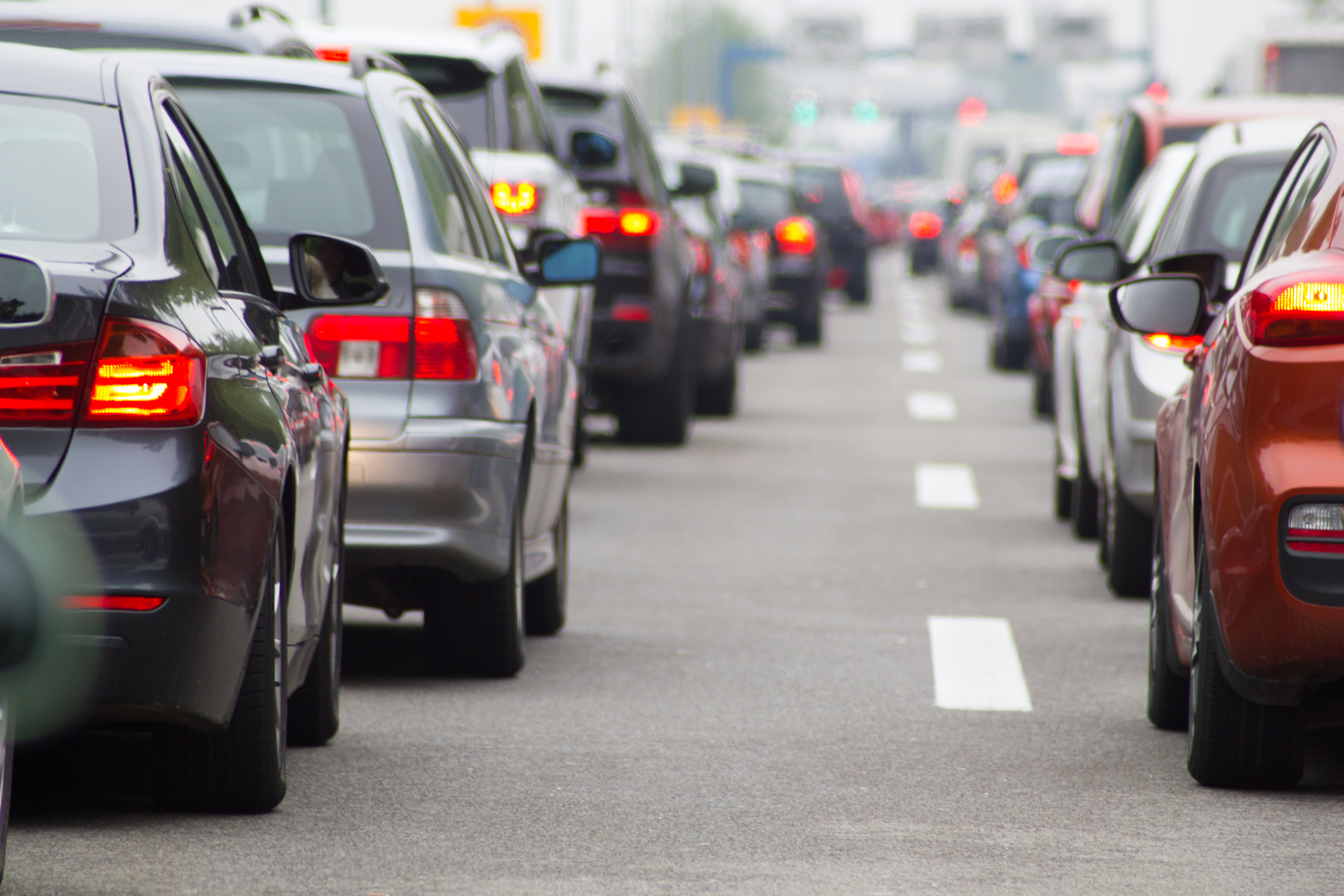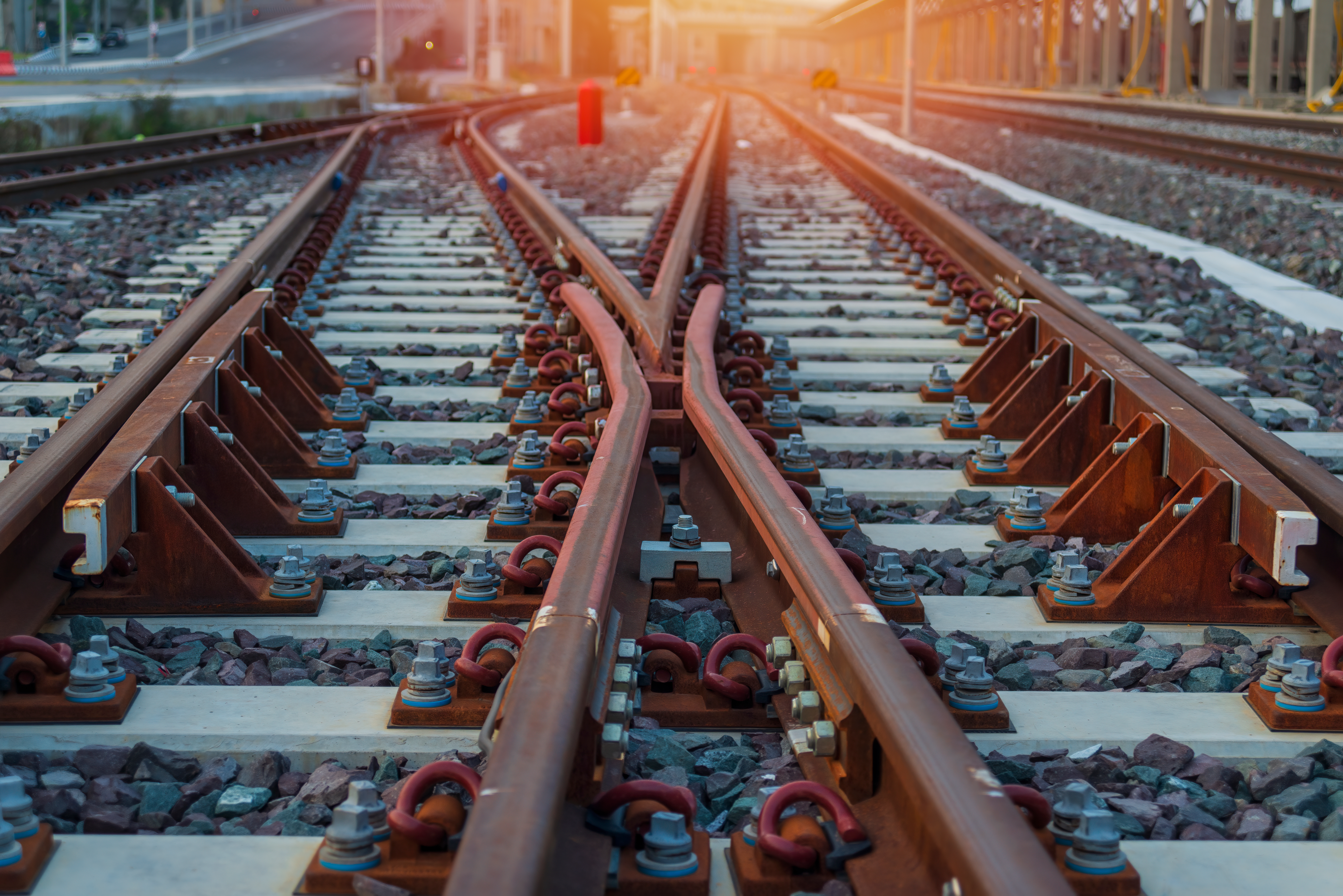The ripple effect of transport infrastructure failures
Infrastructure failures are among the most debilitating challenges facing transport networks today. A signalling fault on a rail line, an unexpected road closure, or a failing bridge structure, can bring entire systems to a halt, leading to widespread delays, safety risks, and most pertinently – frustrated passengers. These disruptions do not just affect a single mode of transport, they have a cascading impact across the entire network. The interconnected nature of transport infrastructure means that issues in one area can have unintended consequences elsewhere. Whilst some disruptions may result in nothing more than slight inconveniences for passengers, others can come at a significant financial cost.
Take for example, a signalling fault on a key rail line causing major delays: a passenger heading to the airport by train may miss their flight due to the disruption, and as a result, lead to a wasted flight ticket. Similarly, a driver taking an alternative route to the same airport may get caught up in unexpected congestion caused by diverted traffic from a nearby road closure, resulting in the same unfortunate outcome. In both cases, uncoordinated maintenance works, and unexpected infrastructure failures lead to missed connections, frustrated passengers, and a growing sense of mistrust in the system. Over time, this disengagement weakens the case for investment in shared mobility and sustainable transport, making it harder to achieve long-term goals for efficient and connected travel networks.
Without a proactive and integrated approach to maintenance, these disruptions can multiply – affecting not only individual journeys but also undermining wider public trust in national transportation services. Customers expect reliability, and when transport systems fail to deliver, they seek alternatives. Whether that’s driving instead of using public transport or simply avoiding certain routes altogether.



